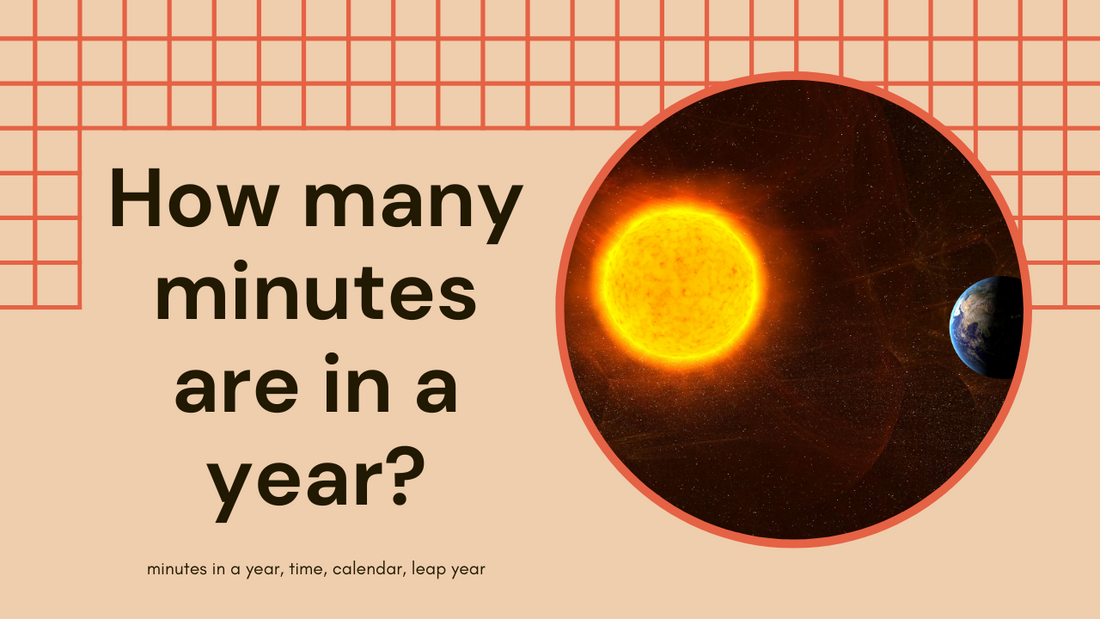We measure how long something takes with time. For many years, people used a clock with two hands to do this. There are two hands on the clock: the minute hand and the hour hand. Every hour, the minute hand goes around the clock once, and that takes sixty minutes.
Various units are available for measuring time, such as seconds, minutes, hours, days, weeks, months, and years. One hour is equal to sixty minutes. To go around the clock one full circle takes twelve hours. There are twenty-four hours in a day, and the hour hand revolves around the clock twice. 24 hours in a day. A week is made up of 7 of these days. A whole year consists of twelve months.
A detailed explanation of time conversion is given here. The article below also answers the crucial and challenging topic of how many seconds there are in a year.
Realizing what time works is significant in light of the fact that it means for what we do consistently. The captivating request of "How long are in a year?" isn't just finally. It makes us contemplate our schedule and how it connects with the examples overhead. This question helps us see the connection between our way of measuring time and the natural rhythms of the universe. It shows how our human-made systems for time are linked to the things happening in the sky that influence how we see and organize time.
In easy terms, when we ask about minutes in a year, we're kind of unlocking the secrets of time. We find out how our human ways of measuring time meet up with the big movements in space that make our calendar work. It's like seeing how our daily routines fit with the bigger picture of how Earth moves around the sun.
Also Read:14 Days from Today
Understanding time units and conversions.
The year happens because Earth goes around the sun. Earth tilts a little, and that's why seasons change. It takes about 365.25 days for Earth to do one full circle, which we call a tropical year. To fix the extra 0.25 days, every four years, we add one more day, making it a leap year with 366 days. This makes our calendar match better with the real year.
Jump seconds assist our timekeepers with remaining in a state of harmony with Earth's twist. At the point when we add a jump second, a moment becomes 61 seconds rather than the standard 60. This assists us with estimating time all the more precisely contrasted with how Earth turns.
There are two important calendars: Julian and Gregorian. They are part of how we measure time in history. Julius Caesar made the Julian calendar, but it had a small mistake. In 1582, Pope Gregory XIII fixed it by making the Gregorian schedule, and many individuals use it today.
To lay it out plainly, a year is the way lengthy it takes for Earth to circumvent the sun. Jump years help compensate for the additional time it takes for Earth to finish one full circle. Leap seconds are used to make sure our clocks stay right, accounting for small changes in how Earth spins. The Gregorian calendar, which came after the Julian calendar, fixed mistakes in the way we used to measure time in history.
Calculation Steps:
To find out how many minutes there are in a year, we start with the number of minutes in an hour and work our way up with the Conversion Table of minutes, hours, days and years:
Days in a year: 365/366 Days
Hours in a day: 24 Hours
Minutes in an hour: 60 minutes
a) Standard year:
A regular year has 365 days. There are 1440 minutes in a day. To find the total minutes in a normal year, you multiply these two numbers.
366 days multiplied by(*) 1440 minutes/day = 527,040 minutes.
b) Leap year:
A leap year happens every four years. In a jump year, there are 366 days rather than the standard 365.
To calculate the total minutes in a leap year, you multiply the number of days (366) by the number of minutes in a day (1440):
366 days multiplied by(*) 1440 minutes/day = 527,040 minutes.
The difference in total minutes between leap and non-leap years.
The difference in total minutes between a leap year (366 days) and a non-leap year (365 days) is:
(366 days * 1440 minutes/day) - (365 days * 1440 minutes/day) = 527,040 minutes - 525,600 minutes = 1,440 minutes.
Buy most popular items on Safecastle



conclusion
How many minutes are in a year?
The answer is cleared with the help of this whole information above. There are 527,040 minutes in a leap year and 525,600 minutes in a normal year. To put it plainly, when jump years happen like clockwork, they add an additional day to the schedule, making it 366 days in length rather than the standard 365 days in a non-jump year. This distinction amounts to a distinction of 1,440 minutes in the all out number of minutes among jump and non-jump years.
The development of bounce years is a fundamental piece of keeping our timetable in a condition of concordance with the World's strategy for getting around the sun. By adding this extra day sometimes, our plan is more as per what amount of time it requires for the Earth to avoid the sun once.
This keeps the seasons and grandiose occasions in a state of harmony with the manner in which we monitor time. This confounded change not just shows how serious we are tied in with estimating time precisely, yet it additionally shows how complex the relationship is between human-made tickers and the normal developments of the stars.




